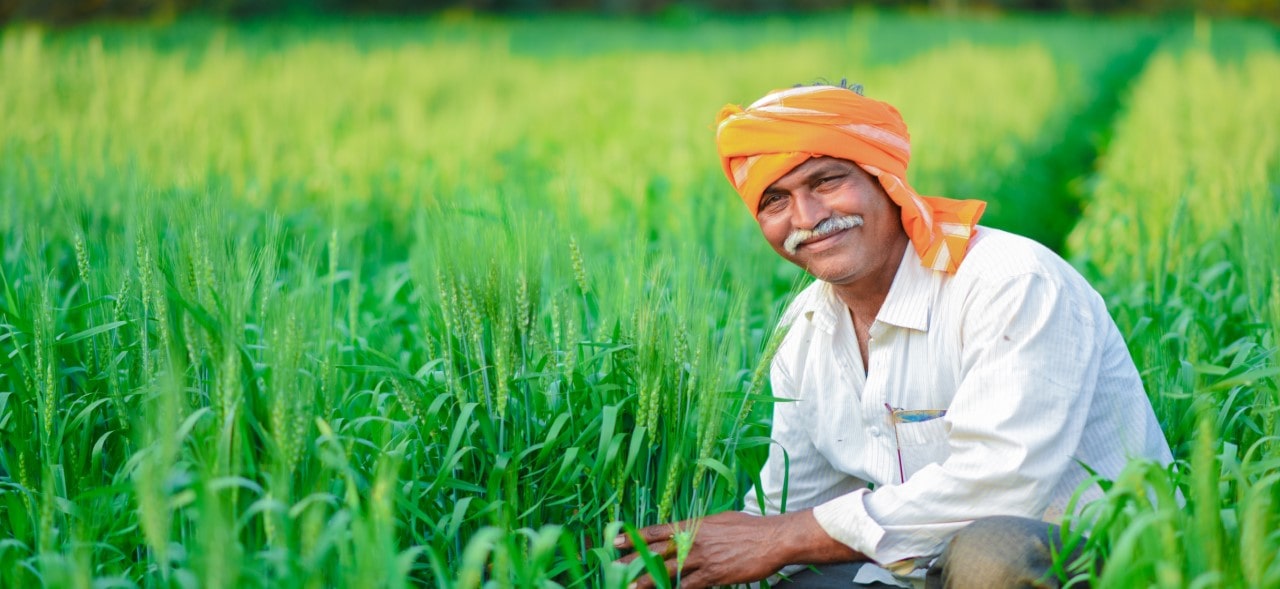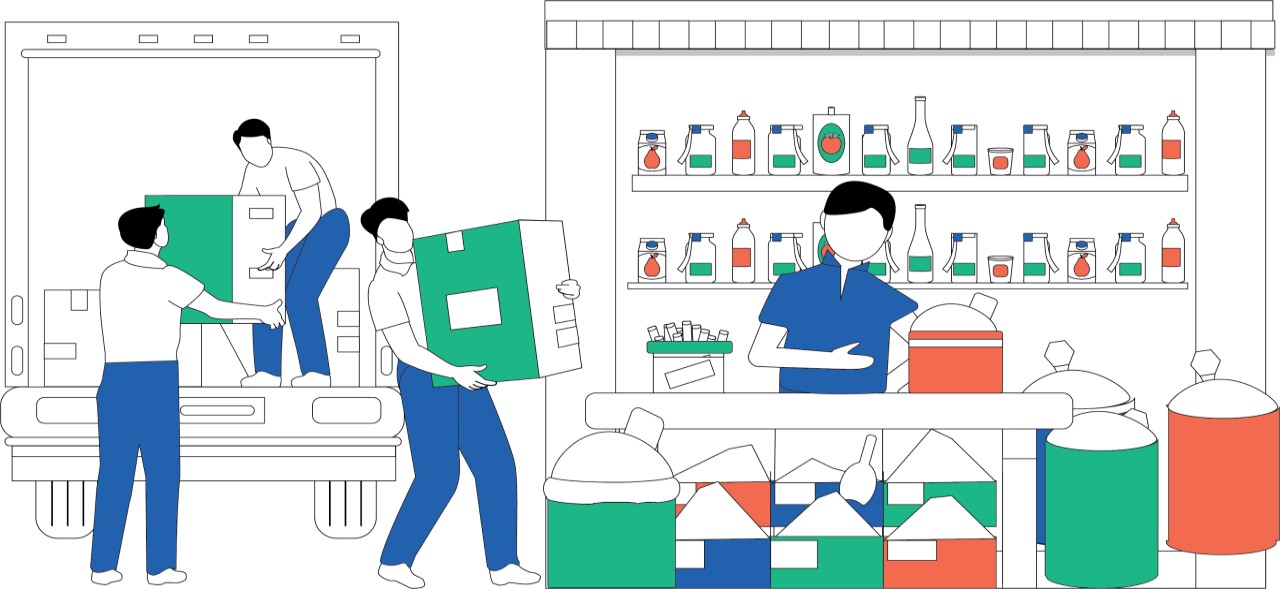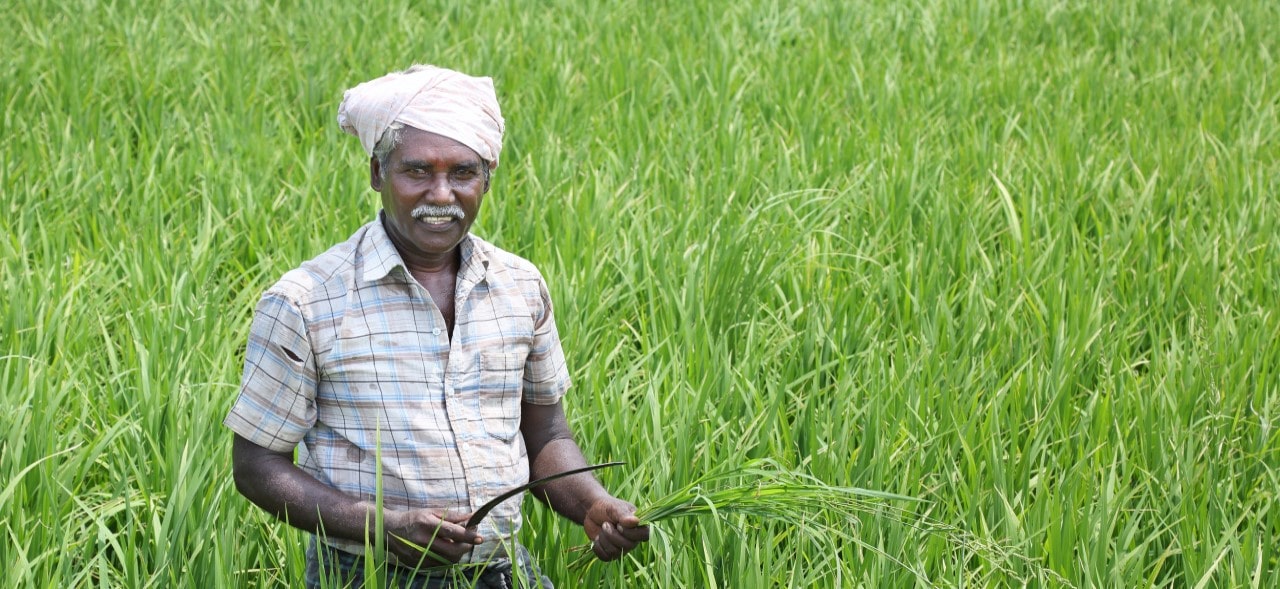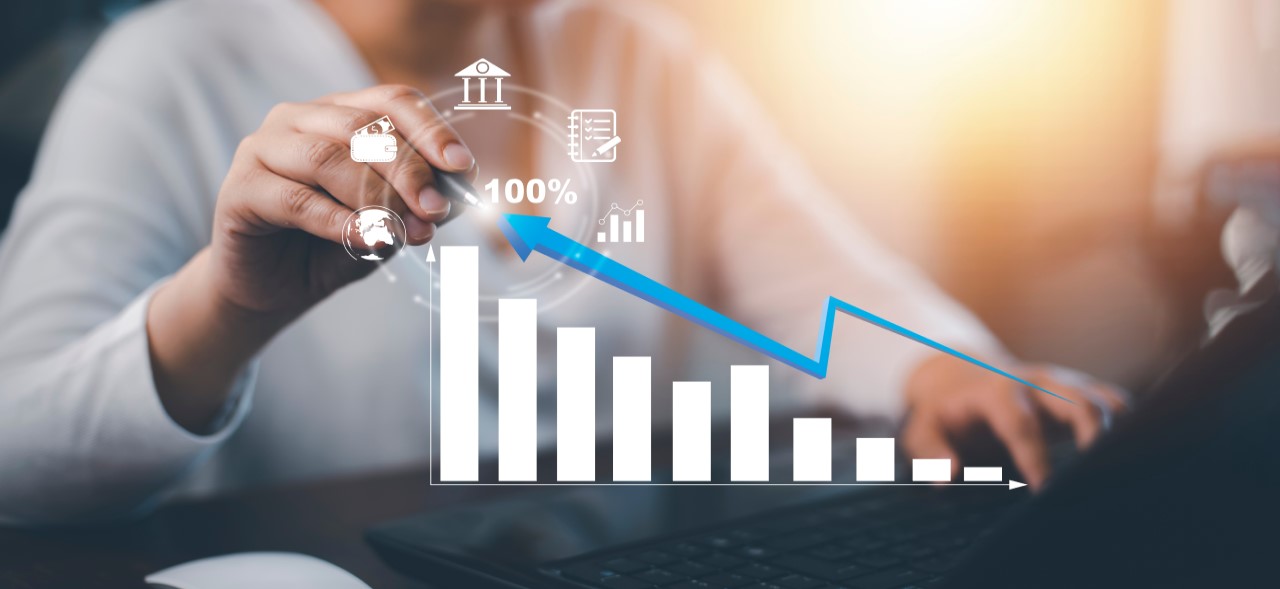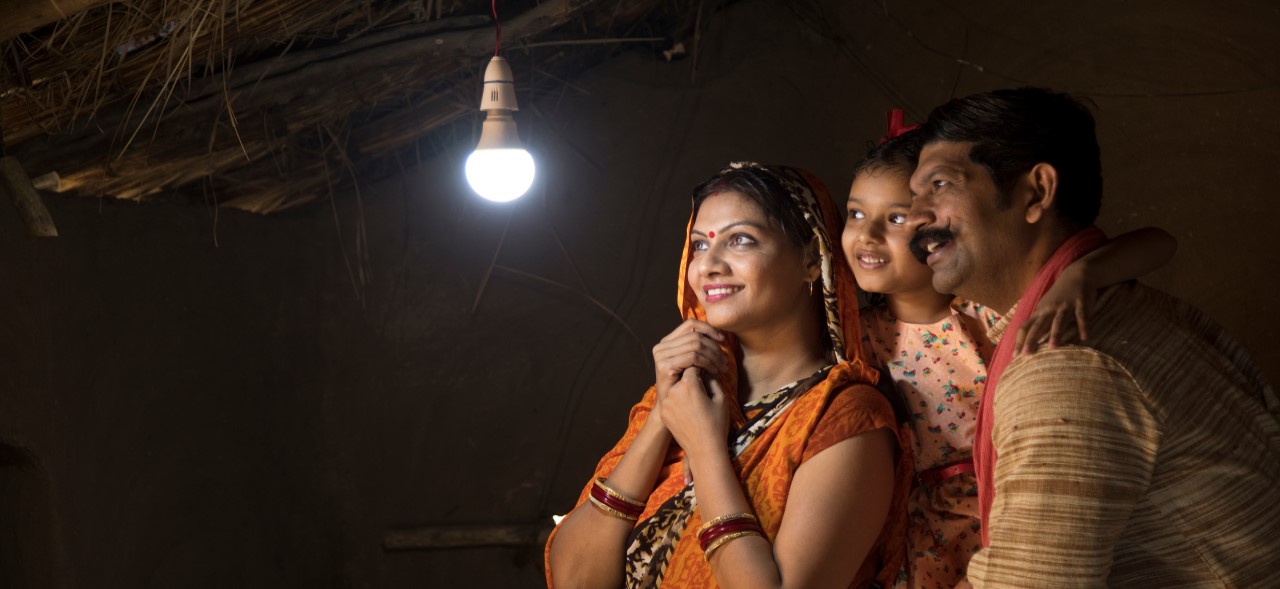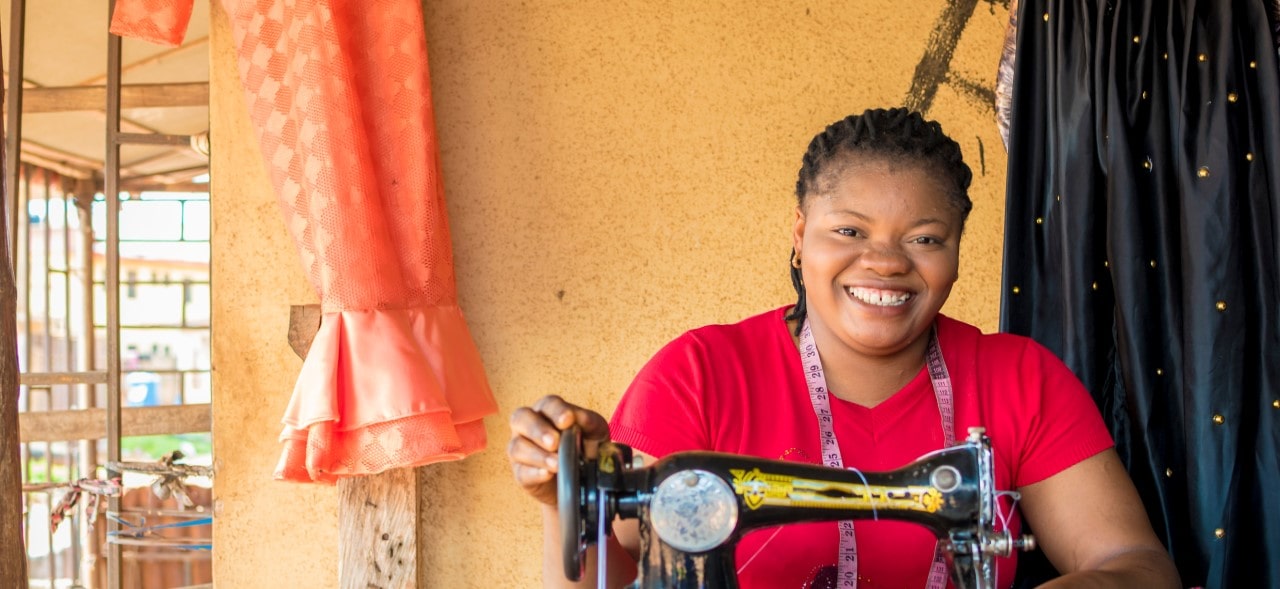It intends to support the country’s farmers through a transfer of 25 USD every four months in their bank accounts, amounting to INR 75 USD annually since the PM Kisan program started in 2018. The study also covered the beneficiaries’ experience in withdrawing and using the benefit. This compilation illustrates which withdrawal points the beneficiaries prefer and what factors push them to choose one point over others.
Insights note, edition 2: Supply chains of informal enterprises
The second of this series of notes, the Insights note, edition 2, covers insights into the supply chains of informal enterprises. The frequency of transactions with suppliers is a major determinant in defining the type of supply chains for informal enterprises. The note discusses examples from the Financial Diaries research on the informal enterprises in each kind of supply chain. The insight note focuses on the supply chains of grocery shops with the maximum scope of intervention and provides recommendations. It also delves into other aspects of supply chains critical for IEs, such as modes of payment, credit periods availed from suppliers, and how IEs try to maximize their margins with suppliers.
PM Kisan: Scheme inclusion and targeting
This strategic insights deck discusses the program targeting and examines how it included farmers from varied backgrounds and categories. It also highlights practices from several states to minimize the wrongful inclusion of ineligible beneficiaries.
Building state capacity
India has come a long way since independence but lags on some key indicators in social sectors and infrastructure. India’s ability to ensure more favorable outcomes is hindered severely by underlying capacity issues that cut across domains, such as finance, process, and people.
MSC works with various governments and sectors to improve state capacity by deploying digital tools. Watch this video to learn more about MSC’s work in building state capacity.
Gauging the readiness of Indian states to adopt DBT in electricity
MSC’s analysis describes how the DBTE model has several positive spillovers for policymakers, DISCOMs, and farmers. More importantly, it ensures resource sustainability of electricity provision. Through a thorough meta-analysis, we delve deep into political, regulatory, and infrastructural factors among select Indian states and chart out an assessment framework to identify the most primed states to adopt DBTE. We also discuss existing enabling or disabling policy and regulatory considerations for the uptake of DBTE and offer probable implementation strategies for policymakers and DISCOMs.
The role of financial service providers in supporting MSMEs in Kenya

MicroSave Consulting (MSC) is a boutique consulting firm that has, for 25 years, pushed the world towards meaningful financial, social, and economic inclusion. These podcast series are hosted by MSC for dedicated founders, start-ups, investors, and other stakeholders in the startup ecosystem. Through this bouquet of curated conversations around developments in the financial inclusion space, we offer insights and lessons based on our research and expertise.
Our podcast features Charlotte Ochieng, a manager, and Mandira Sharma, an analyst in MSC’s Banking and Financial Services sector. They discuss how financial institutions in Kenya should change the narrative to provide support to MSMEs. The institutions should improve access to markets, business knowledge, and access to advisory and mentorship for MSMEs.

